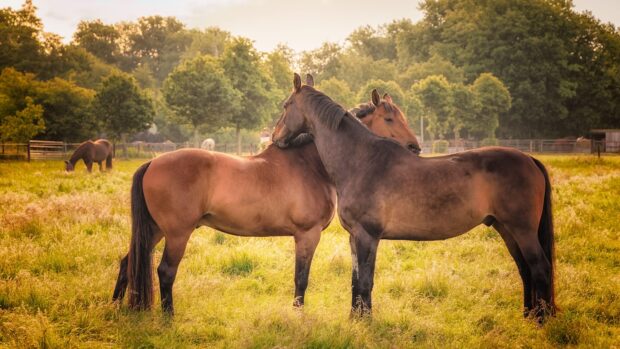Q. I want to do some working hunter classes this year but I am confused about what tack to use. I’ve read that for showing you should use a saddle that shows off the horse’s shoulder. I have a leather general-purpose saddle that is reasonably forward cut and a synthetic dressage saddle. Which one should I use?
Also my horse goes well in a pelham with two reins on the flat, but jumps better in a snaffle. Can I use one bridle for the jumping and a different bridle for showing on the flat? Are there any other rules about tack that I need to know about?
Carolyn Henderson replies: The basic rule for working hunter and working cob classes at affiliated level is that you must use the same tack throughout and most unaffiliated shows follow this.
Therefore, I would suggest you use the tack that your horse goes best in and that you feel safest and most comfortable with for jumping. In your case this would be your leather GP saddle and snaffle bridle.
Synthetic saddles can be great for everyday use but they are no accepted in the show ring. If you use a numnah, it should be as unobtrusive as possible and also the same colour as your saddle, while tradition states that tack for the show ring should be brown, not black.
You are allowed to use a martingale and/or breastplate in working classes, together with a cavesson, flash or grakle noseband. To be correct, you should use a plain, dark coloured girth, preferably leather, and a bridle with a plain, flat browband and noseband. Coloured or brassclencher browbands are not suitable.
For more advice on competing, see the Aprilissue of HORSE magazine, on sale now.
Click here to subscribe to HORSE magazine atspecial online rate
Read more about worming:



